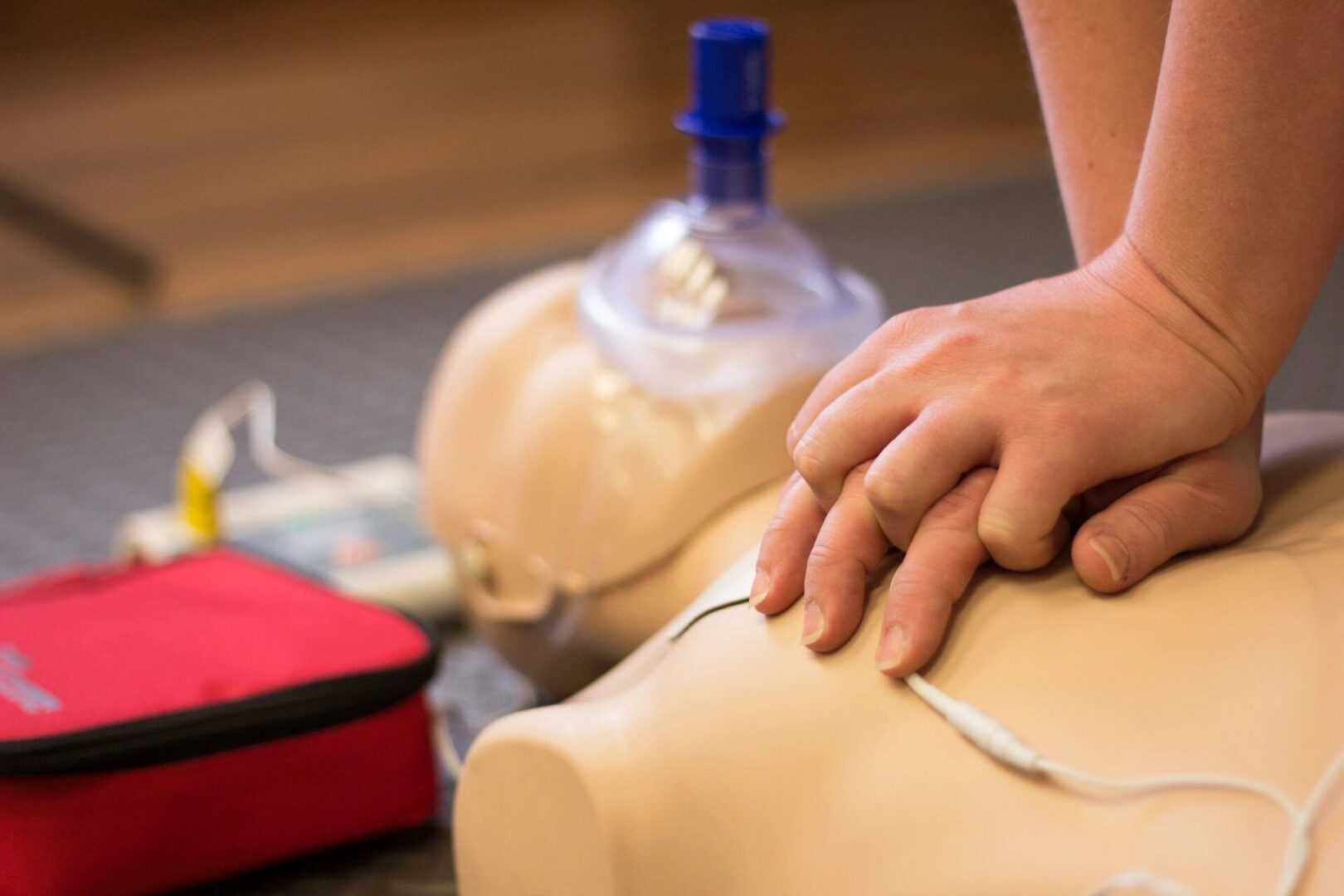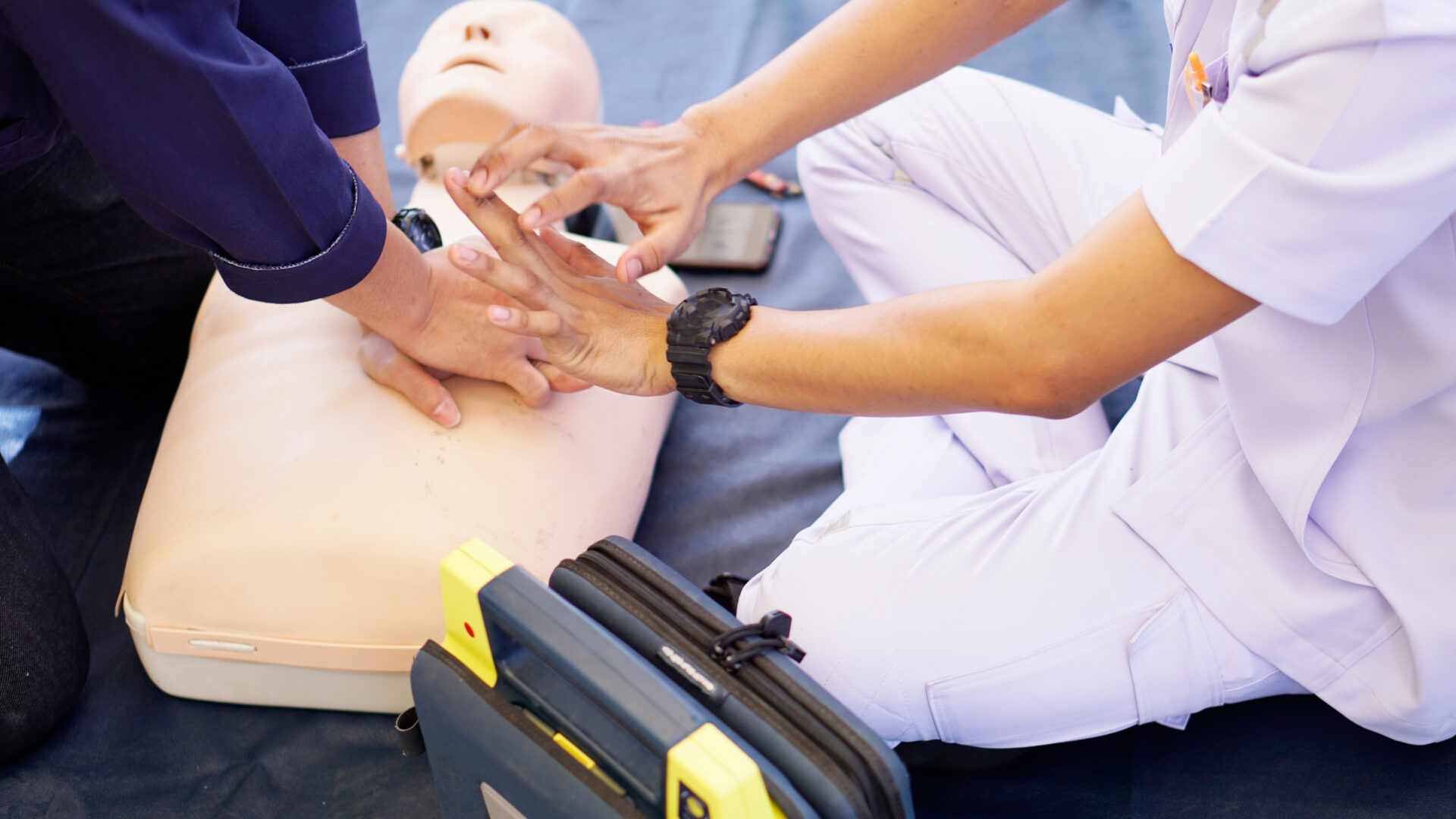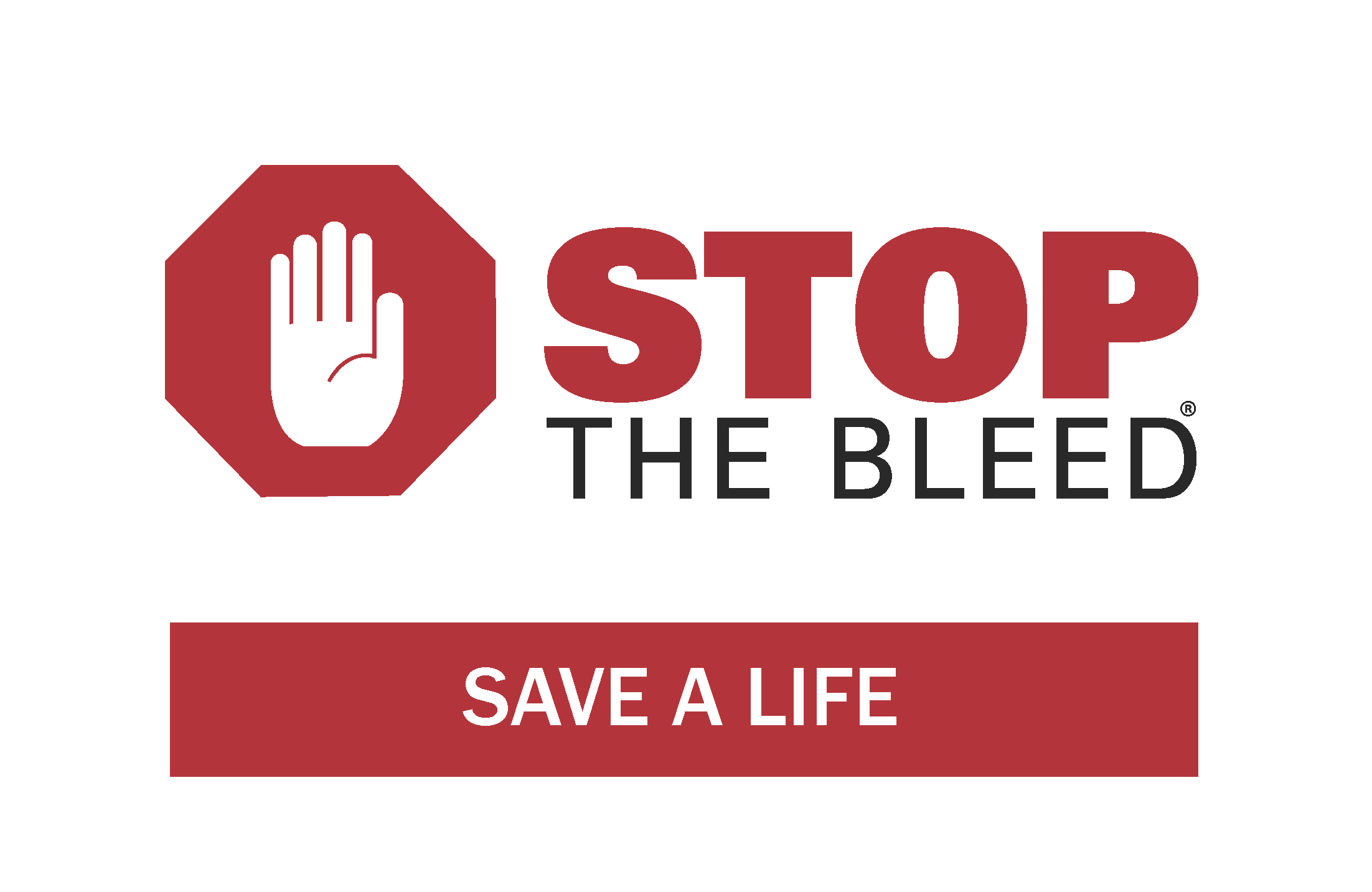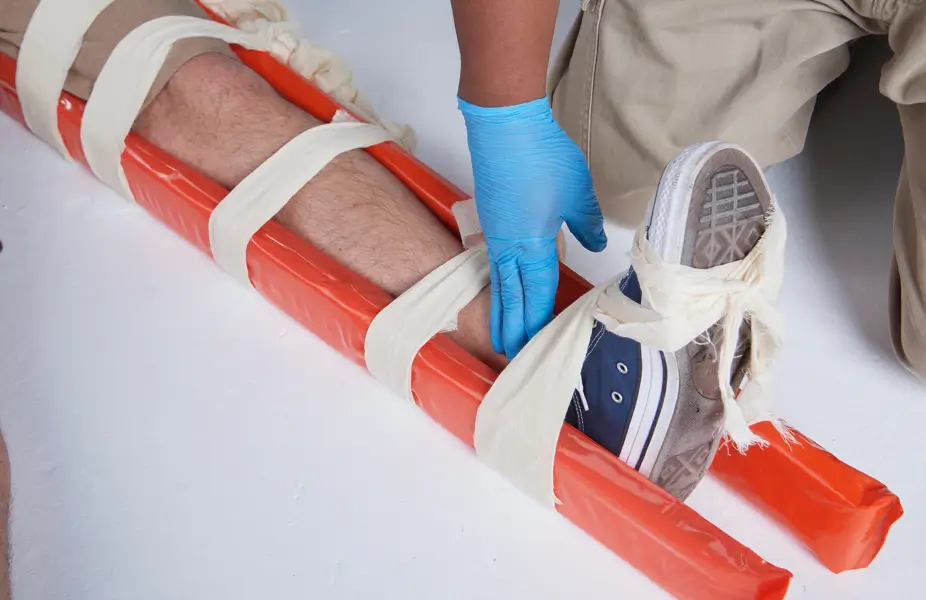Emergency First Aid Courses
Basic Life Support (BLS)
Basic Life Support (BLS) from the American Red Cross is designed for healthcare providers and public safety professionals and meets a variety of certification and licensing requirements.
The BLS curriculum includes all standard scientific learning objectives necessary in professional resuscitation courses, but also allows students to develop their critical thinking, teamwork, and clinical decision-making skills, and work on reflection and debriefing, which serves to strengthen their overall learning and work experience.

CPR/AED for Professional Rescuers
The CPR/AED for Professional Rescuers and Health Care Providers program trains professional-level rescuers to respond to breathing and cardiac emergencies in adults, children and infants until more advanced medical personnel take over.

Wilderness and Remote First Aid
The Wilderness and Remote First Aid course provides individuals a foundation of first aid principles and skills to be able to respond to emergencies and give care in areas that do not have immediate emergency medical services (EMS) response.

STOP THE BLEED
Through our STOP THE BLEED® course, you’ll gain the ability to recognize life-threatening bleeding and intervene effectively. The person next to a bleeding victim may be the one who’s most likely to save him or her. Take the course and become empowered to make a life or death difference when a bleeding emergency occurs. STOP THE BLEED®. Save a Life!

Babysitter's Training
The Babysitter's Training program provides youth who are planning to babysit with the knowledge and skills necessary to safely and responsibly give care for children and infants.

Skill Boost: Head, Neck, Muscle, Bone and Joint Injuries and Splinting
This skill boost was developed to address the need for training in recognizing and caring for head, neck and spinal injuries and recognizing and caring for muscle, bone and joint injuries, including the need for training in the use of a rigid splint and a sling and binder.


